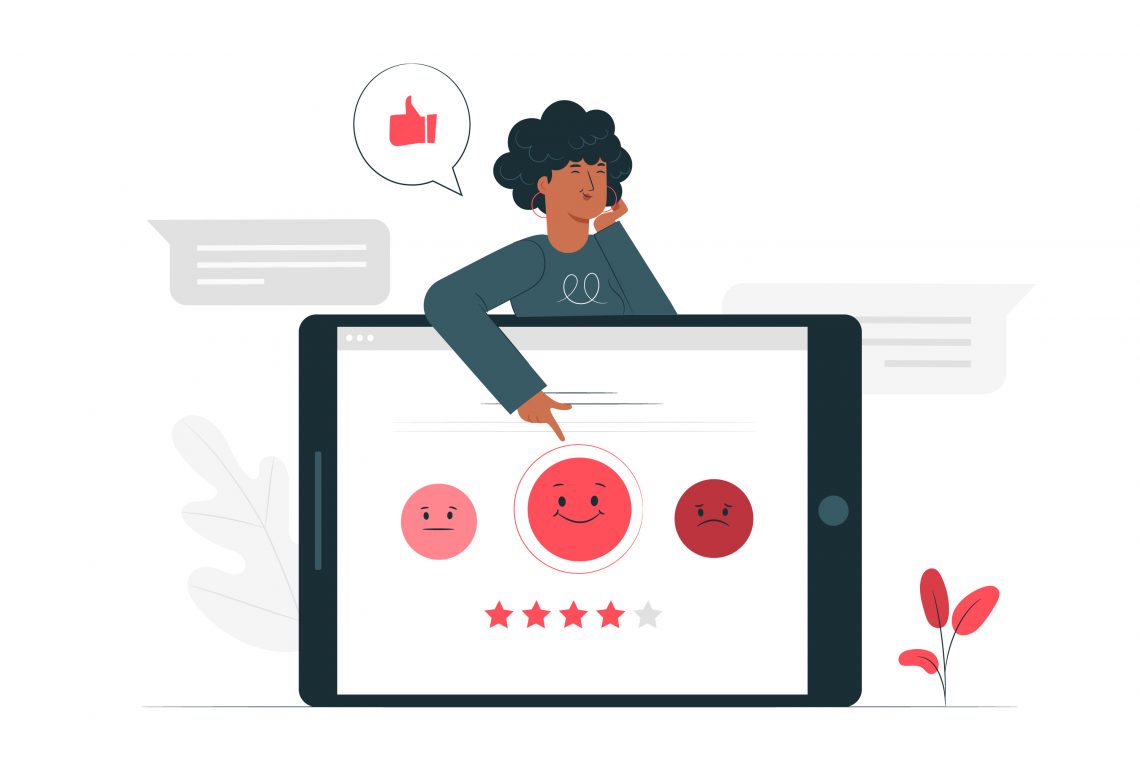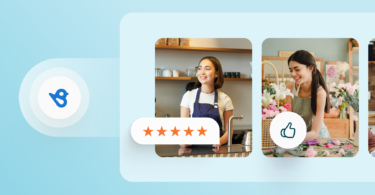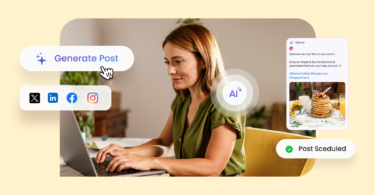(The following is a post submitted by a guest contributor)
Today, you may have the best product or service in the market, but it won’t get you very far. Sure, having a unique selling point, an appealing website, and skilled staff is the foundation of any successful business.
However, you won’t realize the true heights of your business’s potential without a strong focus on customer experience. Simply put, customer experience (CX) constitutes every single interaction between your business and its customers. And whether or not you can surpass your competitors.
Each positive or negative experience that a customer has with your business directly influences the likelihood of not just an immediate purchase, but also the possibility of future business (aka customer retention). What’s more, a recent report from Forrester suggests that businesses that improved their customer experience had nearly doubled their conversion rates.
Table of contents
3 ways to surpass your competitors with customer experience
So, how do you stand out from your competition and take your customer experience to a whole new level? Well, there are many things you can do to create a solid customer experience, and surpass the competition with the following three being the key:
1. Personalize as much as you can
B2B or B2C ― customers will always appreciate receiving special attention from a business. Nobody likes to be treated as “just another customer” anymore.
Research backs up this desire for personalization, revealing that 31% of surveyed consumers prefer their shopping experience was far more personalized than it currently is. In fact, they are willing to give away their personal information to receive personalization, too. Salesforce surveyed more than 7,000 consumers and found that 57% of consumers are willing to share personal data in exchange for personalized offers or discounts.
In other words, there’s a shift from price to experience-driven consumer behavior ― customers crave a better buying experience, at times giving it more priority over price.
So, make sure to try and collect personal information such as name, email address, and job title from your website visitors. You can do this by offering exclusive gated content (such as a free ebook or email course) in exchange for the information.
Then, to personalize effectively, take the time to understand your target audience by creating detailed buyer personas. Based on the information collected, segment your prospects and customers into cohorts. Now, you can send personalized emails (with tailored content and offers) to different customers based on their individual interests.
You can even serve personalized content recommendations to different website visitors according to their personal preferences so that, for example, the most relevant articles and case studies show up on your blog. This will boost content engagement and thus, enhance the customer experience.
Furthermore, providing thoughtful product recommendations will make every potential customer feel like your business was made just for them ― a delightful experience.
By analyzing past user behavior, you can recommend relevant products ― ones that have been frequently viewed, considered, or purchased with the one the prospect is presently considering. Recommendations can also be based on the customer’s purchase history at your store if any.
For instance, if you run an e-commerce store, you can suggest relevant products to your audience at multiple touchpoints of their buyer’s journey, right from the homepage to the checkout page. Doing so will greatly help in composing an amazing customer experience.
2. Show abundant social proof through customer reviews and surpass the competition
Another key element of a great customer experience is the amount and quality of social proof. Why does the name “Shopify” come to mind when you think about starting an e-commerce store? Because you’re tired of hearing how good it is from your peers and strangers on the social web. It is a brand vouched by millions.
Customers are always talking about brands, products, or services, to their friends or colleagues, both offline and online. You need to leverage this customer behavior, this voice of the customer, to ultimately provide a better CX.
You see, before they part with their precious money, prospective customers want proof that what you’re offering is authentic. So, an abundance of such online word-of-mouth adds to the bottom-of-the-funnel customer experience wherein prospective customers are trying to decide on a purchase, confused between their choices.
Social proof in the form of customer reviews, testimonials, social media shoutouts, and influencer endorsements is extremely useful in reassuring prospective customers that your business is credible. It also helps potential buyers make informed decisions. For example, displaying customer reviews and star ratings on product pages can make all the difference in converting customers on the fence.
Moreover, modern customers expect businesses to be socially responsible. Businesses that give back to the community and sponsor events are preferable. So, organizing fundraisers for noble causes also adds to the social proof and, in turn, the buying experience.
3. Provide instant customer service
As you’d expect, excellent customer service is at the heart of exceptional customer experience. Customer service is not just about post-purchase support, but it is an important part of the buyer’s journey.
In essence, technology today has resulted in consumers who expect near-instant solutions to their doubts and queries. If they need any information or clarification from your end about your business, they expect an “immediate” response.
Using live chat and phone support on your website, you can be there for your customers when they need you. That said, for providing immediate customer support, you don’t have to be (and likely can’t be) on your toes 24/7.
So, you must use chatbots to facilitate such conversational marketing for your business. Chatbots are excellent virtual assistants and are loved by customers too as they give answers promptly, accurately recall your entire buying history, and never run out of patience. Rather than having visitors fill out a form and wait for a response from you over email, they can just type in their queries and get on-the-spot answers to commonly asked questions.
In fact, 75% of businesses using chatbots on their website report at least a 10% boost in customer satisfaction. What’s more, over 53% of customers prefer to use online chat when they need assistance over calling.
So, such one-to-one, real-time interactions between your business and customers will be a big boost for enhancing the customer experience.
Conclusion
The difference between countless so-so businesses and a few thriving brands is the quality of customer experience. Regardless of what your business is about and what industry you’re in, customer experience is pivotal to surpass your rivals.
And so, use the aforementioned tactics right away to start distinguishing your business from your competitors.
Before you go, check out our complete customer experience (CX) guide.
—————————
Author Bio
Lucy Manole is a creative content writer and strategist at Right Mix Marketing, an SEO-focused link-building agency. She specializes in writing about digital marketing, technology, entrepreneurship, and education. When she is not writing or editing, she spends time reading books, cooking, and traveling. You can connect with her on Twitter at @RightMixMktg
Cover image from Freepik.com

Originally published









